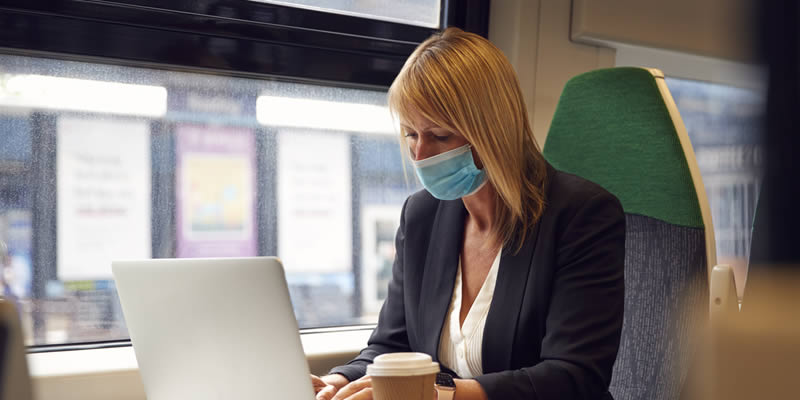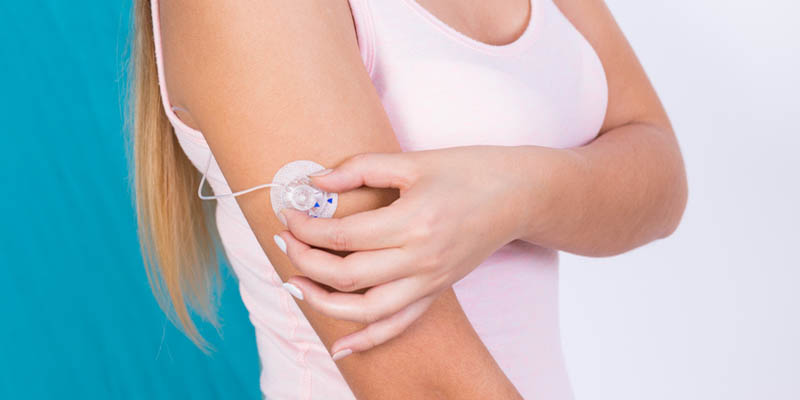The effects of heating a room where there is poor air circulation could increase a person’s risk of being exposed to contaminants by up to six times, a new study has shown.
A team from Lawrence Berkeley National Laboratory in California recreated a room setting using scientific manikins to study air flow and how small respiratory aerosols travel.
- Higher viral load in lungs ‘largely responsible’ for COVID-19 deaths, study suggests
- Long COVID: what is it, symptoms, causes and prevalence
Their findings, which have implications for the development of COVID-safe classrooms and meetings, show that if room air is not mixed, airborne contaminants may not be dispersed and removed by ventilation.
The team found that when heated air is supplied via overhead vents, it creates conditions that can prevent the flow of clean air into the ‘breathing zone’ – the mid-height area of a room. It means that even when people keep more than six feet apart, a person’s risk of being exposed to respiratory aerosols could be five or six times greater than if the air was well mixed.
Berkeley Lab indoor air researcher Woody Delp said: “When everything’s well mixed, everybody’s exposed to the same conditions. When it’s not well mixed, you can have, from a COVID perspective, potential hot spots. So, if there’s one infected individual in the room, instead of having their expelled breath fully dispersed and then then properly diluted and removed by the HVAC system, another person sitting next to them or even across the room could get a high concentration of that infected person’s emitted viral aerosol.”
Lead author and head of Berkeley Lab’s Indoor Environment Group, Brett Singer, added: “Ventilation is essential to maintaining good air quality. But if you’re heating overhead without intentionally mixing the air in the room, you will not get the full benefit of ventilation.”
However, the study did find that portable air cleaners provide a simple solution.
- Study highlights “very serious difference” in how effective different types of masks are in reducing the spread of COVID-19
- One in four people should expect mild symptoms after COVID vaccine
The authors have highlighted that their findings cannot be used to try to predict the risk of infection as there are so many other factors at play.
Dr Delp said: “We know the chain of events that it takes to get a person exposed, and it’s complicated and extraordinarily variable. An infected person talking and breathing expels droplets and aerosols of various sizes. But even when some of those are inhaled by someone else, they may or may not get infected.”
The study, ‘Measured influence of overhead HVAC on exposure to airborne contaminants from simulated speaking in a meeting and a classroom’ has been published in the journal Indoor Air.




